Article created by: Viktorija Ošikaitė
Historical pictures are likely the closest thing to time travel we have so far. From family gatherings to crucial events such as human rights demonstrations, they can be revisited thanks to photographers who decided to document them.
The Instagram account “Historical Leaks” shares some of the most interesting images from different periods of the past. Their educational and often awe-inspiring content has already gathered thousands of followers and continues to grow people’s interest in history. Scroll down for the pictures and feel free to upvote your favorites.
Bored Panda has reached out to “Historical Leaks” via Instagram and will update the article once we’ve heard back from them.
P.S. Make sure to check out their previous Instagram account for more interesting photos.
#1
Pictured Above Is Astronaut Leland D. Melvin’s Official Nasa Portrait
When NASA astronaut Leland Melvin was assigned to a space shuttle mission in 2008, he was told he could bring his family for the official photo shoot wearing the famous orange “pumpkin suit.” They didn’t say two-legged or four-legged, and although dogs are not allowed on base at NASA, family is family. So, Melvin brought his rescue dogs Jake and Scout along with a neighbor to hold them and keep them quiet in the back of his van. “I got to the guard shack, flashed my badge, and I gunned the van and drove to the photo lab,” Melvin said. He then went up the back stairs where the photographer was waiting, went into the photo lab with 100 MilkBones to keep the dogs busy while he changed into the suit and came out. “They (the dogs) ran toward me, and I told the photographer to hold his finger on the shutter and that’s how the photo was born.” After the photo shoot, Melvin had to change and the MilkBones were gone. “The dogs started barking and a security guard came in and asked if there were dogs in there,” Melvin said. “We said, ‘No, that’s the doggy screensaver.’ ” After he changed he was able to quiet the dogs and get out of there
#3
A Photo From The Bush To Obama Transition, 2009
Here’s an excerpt from a letter written by Barbara and Jenna Bush to Sasha and Malia. “…Sasha and Malia, here is some advice to you from two sisters who have stood where you will stand and who have lived where you will live: —Surround yourself with loyal friends. They’ll protect and calm you and join in on some of the fun, and appreciate the history. —If you’re traveling with your parents over Halloween, don’t let it stop you from doing what you would normally do. Dress up in some imaginative, elaborate costume (if you are like us a pack of Juicy Fruit and a Vampiress) and trick-or-treat down the plane aisle. —If you ever need a hug, go find Ramsey. If you want to talk football, look for Buddy. And, if you just need a smile, look for ‘Smiley.’ —And, a note on White House puppies—our sweet puppy Spot was nursed on the lawn of the White House. And then of course, there’s Barney, who most recently bit a reporter. Cherish your animals because sometimes you’ll need the quiet comfort that only animals can provide. —Slide down the banister of the solarium, go to T-ball games, have swimming parties, and play Sardines on the White House lawn. Have fun and enjoy your childhood in such a magical place to live and play. —When your dad throws out the first pitch for the Yankees, go to the game. —In fact, go to anything and everything you possibly can: the Kennedy Center for theater, State Dinners, Christmas parties (the White House staff party is our favorite!), museum openings, arrival ceremonies, and walks around the monuments. Just go. Four years goes by so fast, so absorb it all, enjoy it all! …Many people will think they know him, but they have no idea how he felt the day you were born, the pride he felt on your first day of school, or how much you both love being his daughters. So here is our most important piece of advice: remember who your dad really is.”
#4
A Member Of The Harlem Hellfighters (369th Infantry Regiment) Poses For The Camera While Holding A Puppy He Saved During World War I, 1918
. The 369th Infantry Regiment, formerly known as the 15th New York National Guard Regiment and commonly referred to as the Harlem Hellfighters, was an infantry regiment of the New York Army National Guard during World War I and World War II. The Harlem Hellfighters were an African-American infantry unit in WWI who spent more time in combat than any other American unit. The regiment was nicknamed the Black Rattlers. The nickname Men of Bronze (French: Hommes de Bronze) was given to the regiment by the French and Hell-fighters (German: Höllenkämpfer) was given to them by the Germans. During WWI, the 369th spent 191 days in frontline trenches. They also suffered the most losses of any American regiment, with 1,500 casualties
#5
During World War II, Gilbert Bradley Was In Love And Wrote Many Letters With His Loved One Who Signed His Letters With The Initial “G”
70 years later, it became known that the G it was a diminutive for Gordon. In that time homosexuality was illegal and they had to hide their relationship. In one of his letters he said: “Wouldn’t it be wonderful if all our letters could be published in the future in a more enlightened time. Then all the world could see how in love we are.”
#7
Pnina Kaltman, Is The Small Girl On The Right. On The Left Is Her Sister. Against All Odds – They Both Survived The Holocaust, Along With Their Mother And Other Sister
They were the only kids who survived the war from their small village next to Chernivtsi, Ukraine. She was four years old when the war started and about 8 years old in this photo. It was taken in 1945, after the Red Army defeated the Nazis and took over their work camp in Obodivka. They survived because there was absolutely nothing their mother wouldn’t do to save their lives. Her name was Sima Perlmutter and she was a hero. Her granddaughter, @noamout said: “My grandmother has been and still is dedicating her life to tell her story to as many people as she can about this — it’s her lifelong project. She wants to make sure people never forget so that it never happens again. She wrote her testimony 16 years ago in Hebrew thinking no one would ever read it. I decided to translate her story to English as a surprise gift for her but then I realized I can do something much bigger than originally planned. Her story is now shared on countless of international Instagram pages, American publications and even going to be featured in a museum in Australia! She has absolutely no idea about any of this. I am taking screenshots of every comment, every story, any kind of mention and translating it to Hebrew. When I tell her about this, I will have fileus of people from all over the world talking about her story.”
#10
The Last Photo Taken Of Hachiko On March 8, 1935
Hachiko was a Japanese Akita dog remembered for his unwavering loyalty to his owner. Hachiko, was an Akita dog that belonged to a professor at the University of Tokyo. Every day he would meet his master at Shibuya Station until one day in 1925 when the professor never returned. Unbeknownst to Hachiko, his master had suffered a fatal brain hemorrhage and would never come home again. But there Hachiko sat, day after day, waiting in vain for the return of his master. The story of the dog that never gave up gained a lot of attention from local and national news, inspiring many people to visit Hachiko at Shibuya Station to offer treats. Hachiko was found dead on a street in Shibuya in 1935. His owner’s wife and station staff sit around his body, mourning the loss of the faithful companion. Years later, a statue was erected in Hachiko’s honor and a replica of the original still stands near Shibuya Station
#11
Polish Resistance Veterans Of The Warsaw Uprising (1944), Pictures Then And Now
The Warsaw Uprising (Polish: powstanie warszawskie; German: Warschauer Aufstand) was a major World War II operation, in the summer of 1944, by the Polish underground resistance, led by the Polish resistance Home Army (Polish: Armia Krajowa), to liberate Warsaw from German occupation. The uprising was timed to coincide with the retreat of the German forces from Poland ahead of the Soviet advance. The operation failed. In the end, German troops destroyed the majority of Warsaw during and immediately after the uprising. Among the demolished buildings was the Royal Castle. The Warsaw Uprising failed because of lack of support from the Soviets and British and American unwillingness to demand that Stalin extend assistance to their Polish ally. The Soviet advance in Poland stopped on the Vistula River, within sight of fighting Warsaw. Stalin had broken off diplomatic relations with the Polish government in exile when, in the spring of 1943, it asked the International Red Cross to investigate the killing of thousands of Polish officers at Katyn. The Polish officers were prisoners of the Soviets following its 1939 invasion of Poland in collaboration with Hitler. The Soviets tried to pin the blame on the Germans and did not admit the April 1940 summary executions of at least 21,000 Polish prisoners until some 50 years after the fact.
#15
During WWII, Jews In Budapest Were Brought To The Edge Of The Danube, Ordered To Remove Their Shoes, And Shot, Falling Into The Water Below. 60 Pairs Of Iron Shoes Now Line The River’s Bank, A Ghostly Memorial To The Victims
#16
A Girl Who Grew Up In A War Zone Draws A Picture Of “Home” While Living In A Residence For Disturbed Children, 1948
#17
Two Young Men Hold A Pre-Printed Sign Proclaiming Their Bond And Willingness To Be Legally Wed To One Another, Circa 1900
#20
Pictured Is A Girl From The Kiowa Tribe In 1894
Kiowa people are a Native American tribe and an indigenous people of the Great Plains of the United States. They migrated southward from western Montana into the Rocky Mountains in Colorado in the 17th and 18th centuries, and finally into the Southern Plains by the early 19th century. In 1867, the Kiowa were moved to a reservation in southwestern Oklahoma
#21
A German Soldier Returns Home From War Only To Find His House Bombed, And Family Perished In The Remains, Frankfurt, 1946
#22
Theodore Roosevelt’s Diary Entry On Valentine’s Day, After His Wife And Mother Died Within Hours Of Each Other On The Same Day, 1884. He Wrote:’x.. The Light Has Gone Out Of My Life.’
#23
Pictured Above Is A Rwandan Man With Amasunzu Hairstyle, 1923
Amasunzu is a traditionally Rwandan hairstyle that was once worn by men, as well as by unmarried women in order to indicate to potential suitors that they were single and of marriageable age. Rwandans used to wear the amasunzu style in more than 30 different ways. A man was identified as powerful, noble and brave if they had the hairstyle. It also showed prestige, especially among men. According to theatre and film artiste John Kennedy Mazimpaka, 54, there were even competitions on who had the best amasunzu design. “The young were always very anxious to be old enough to sport the style,” he said. Although the amasunzu has fallen out of style in recent decades, it is currently experiencing a revival in popular interest
#25
Portrait Of A Family In Gainesville, Florida, C. 1900s
The nineteenth and twentieth centuries were a time of radical transformation in the political and legal status of African Americans. Americans were freed from slavery and began to enjoy greater rights as citizens (though full recognition of their rights remained a long way off)
#27
The Eruption Of Mount St. Helens, 1980
Some background info by a friend of the man who took this photo: “He pulled some background info by a friend of the man who took this photo: “He pulled over and attempted to turn around seeing as the ash cloud was heading his way and fast. In his hurry he bent the forks on his motorcycle. He jumped out of the car and ran up the hillside to get some pics, thinking he might just die for it, and hoping someone would find the camera at least as it was a phenomomenal sight that filled the sky. The first picture he took was the one with the Pinto cocked in the road and the bent motorcycle still in the back with that HUGE cloud going up in the sky in the background. He made his way back down the mountain after being quickly overtaken by the ash cloud. He was completely blinded, and had to drive on the opposite side of the road steering by staying right on the opposite side of the road heading into oncoming traffic, but encountered nobody going up. The car choked out after a while and he rode his bent motorcycle out of the mountains back to the room he had rented. The next day as soon as he could, he rode his motorcycle back up into the now really hot zone with his camera to get what pics he could. He was well into the red no go zone, when a helicopter saw him, and came right down and landed in his path. He was surprised to be arrested on the spot and flown out in the chopper and to jail. They left his motorcycle lay on the mountain. They also kept him in jail for a few days without letting him call anyone or even plead his case. When he finally got out, he again went back up there, (Not sure how) and was able to get his motorcycle back and I think later his car as well.”
#28
A Woman Dressed Up As Batgirl In 1904, 35 Years Before The Creation Of Batman (1939) And 57 Years Before The Creation Of Batgirl (1961)
#29
Pictured Above Is Gunnar Kaasen. He And His Team Of 13 Dogs, LED By The Siberian Husky, Balto, Completed The Last Leg Of A 1925 Trip To Deliver 300,000 Units Of Diphtheria Antitoxin To Nome, Alaska
They traveled by night in temperatures of -23° F (-31° C). Kaasen came to the United States to mine for gold in 1903, and settled in Nome, where he became an experienced musher. When diphtheria hit the town and the lone doctor’s supply of serum was found to be expired, Kaasen was one of twenty mushers who worked to transport 300,000 units of serum to Nome from Nenana, Alaska. The mushers and the combined teams of over one hundred dogs experienced subzero temperatures, severe winds and whiteout conditions. A number of dogs froze to death during their leg of the journey. After the serum run, Kaasen and his lead dog, Balto, were dogged by publicity, glorified as though they had made the entire journey themselves, even though there were nineteen other mushers who were part of the chain, one of whom made a longer run than Kaasen and his team. He and Balto even starred briefly in a movie about Balto. He was accused of being a publicity hog, but he had his defenders as well. Kaasen and his wife Anna moved to Everett, WA, in 1952, where he died of cancer at the age of 78
#30
Kindergarten Children Were Asked On Father’s Day To Draw From The Memory Portraits Of Their Dads, And Then Compared Them To The Original, Life Magazine, USA, 1949
#32
Parisian Woman With Her Cat In Her Cannabis Garden, 1910s
Original caption: “This lovely young Parisian woman is enjoying a serene moment in her lush garden in the 1910s in France. Her companions are her fluffy faithful feline and her caged bird. Keeping songbirds as pets is a hobby as old as the ancient Sumerians, but small home aviaries became a status symbol in the 1800s and early 1900s. Likely, this young lady enjoyed the company of her birds as a way to connect with nature. Interestingly, her garden contains several cannabis plants. It could be that the unique leaves and vibrant foliage was sought after as a garden plant. Or it could be that the young woman or her family were utilizing the medicinal properties of the cannabis plant to treat any one of a number of ailments.”
#33
Ella Harper (1870-1921), Also Known As The Camel Girl
Ella Harper was born with a very rare condition that caused her knees to bend backwards, called congenital genu recurvatum. Her preference to walk on all fours resulted in her nickname Camel Girl. In 1886 she featured as the star in W. H. Harris’s Nick Patel circus, appearing in newspapers wherever the circus visited. Ella Harper received a 200$ salary per week during her career in the circus
#34
Michelin Men In The 1920s
Michelin was founded in 1888 by the Michelin brothers, André (1853–1931) and Édouard (1859–1940), the company manufactured tires for bicycles and horse-drawn carriages before introducing pneumatic tires for automobiles in the 1890s. In 1926, Michelin began reviewing restaurants so that more people would travel further distances in their cars to eat at these restaurants. This in turn would wear down their tires faster, and force them to buy more. The star system that Michelin uses goes up to three and is broken down by whether or not it’s worth driving to the restaurant. One star: “A very good restaurant in its category” (Une très bonne table dans sa catégorie). Two star: “Excellent cooking, worth a detour” (Table excellente, mérite un détour). Three star: “Exceptional cuisine, worth a special journey” (Une des meilleures tables, vaut le voyage).


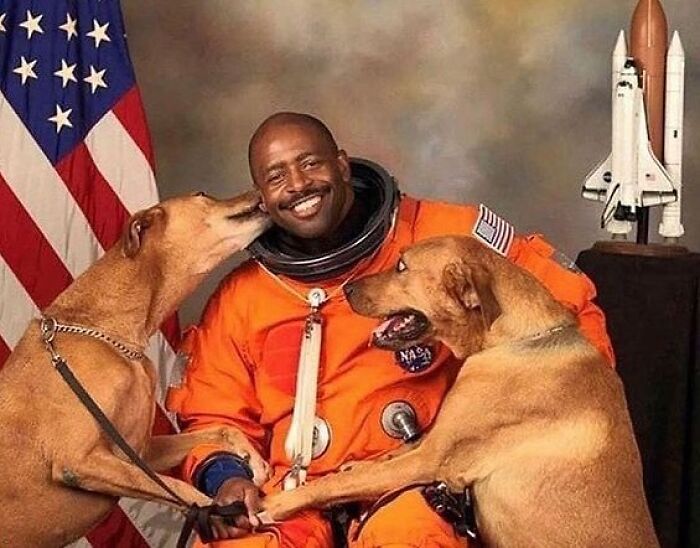
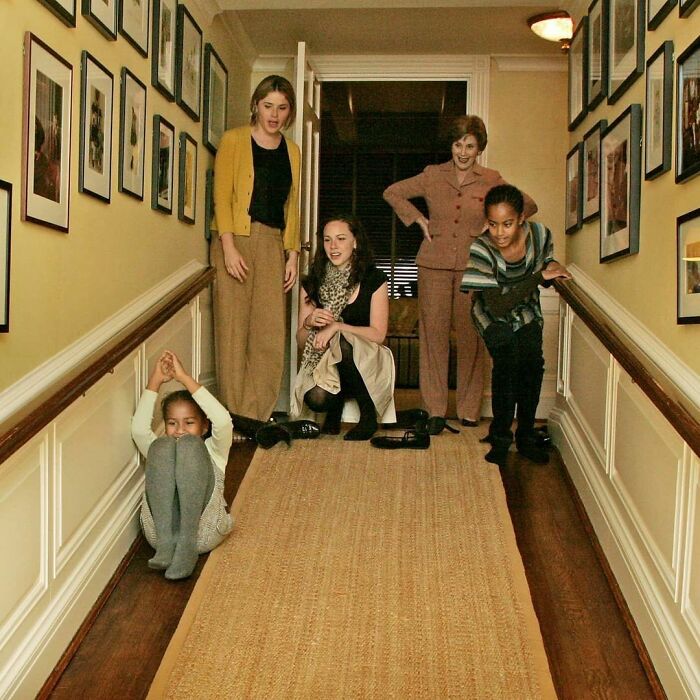
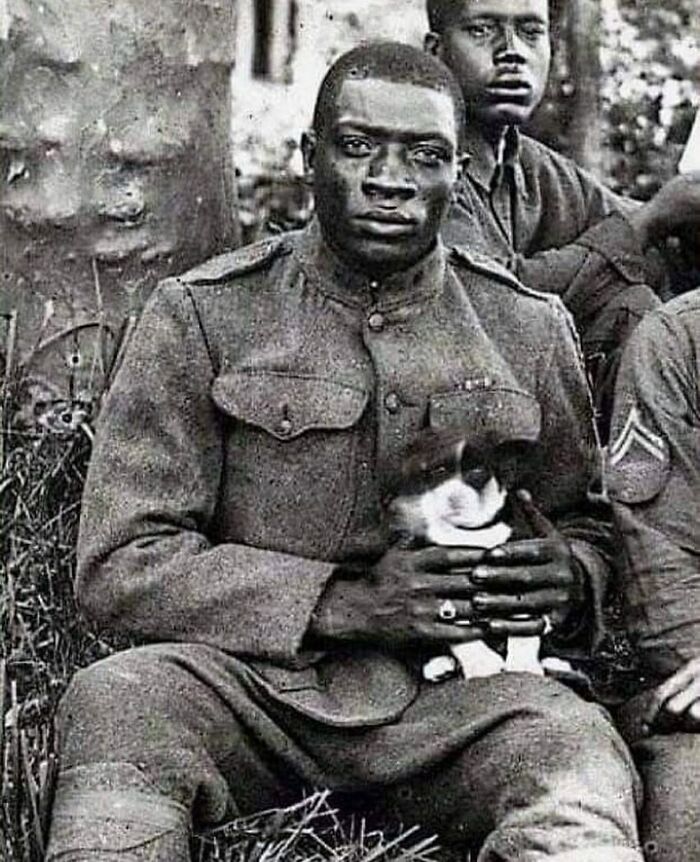
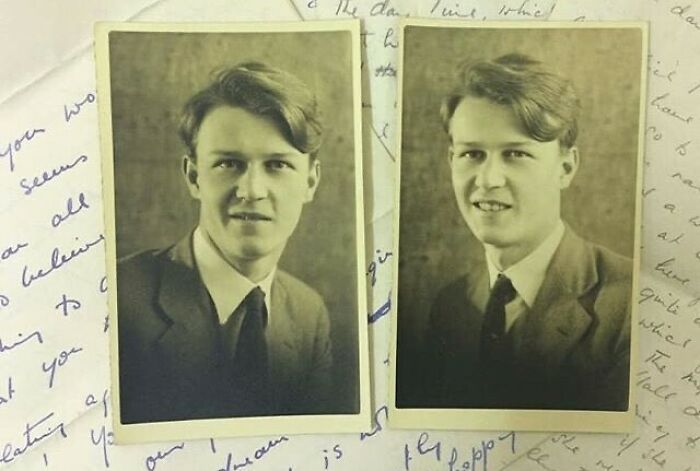
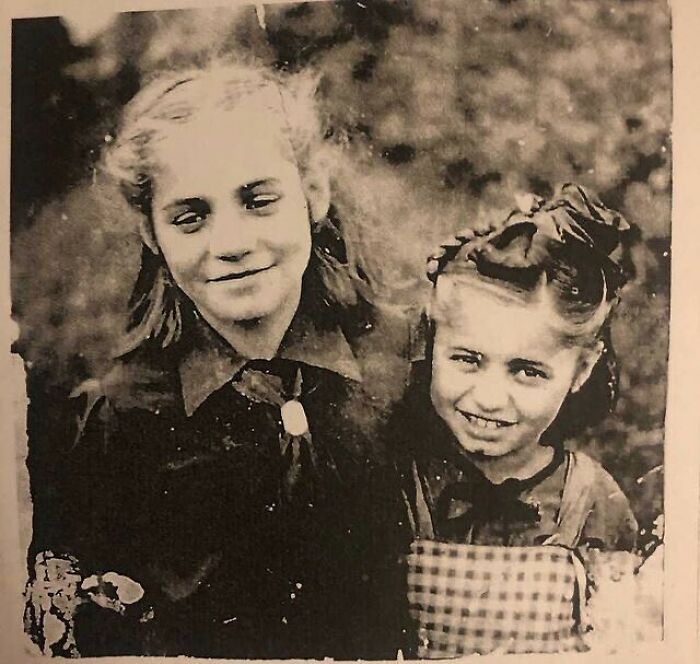
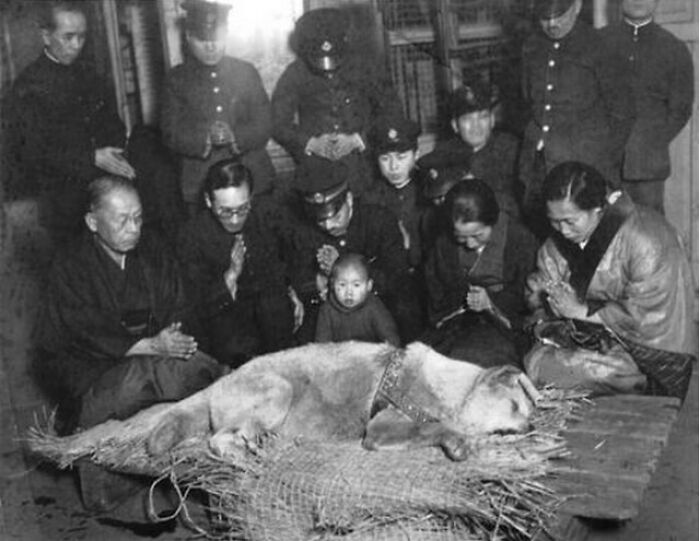
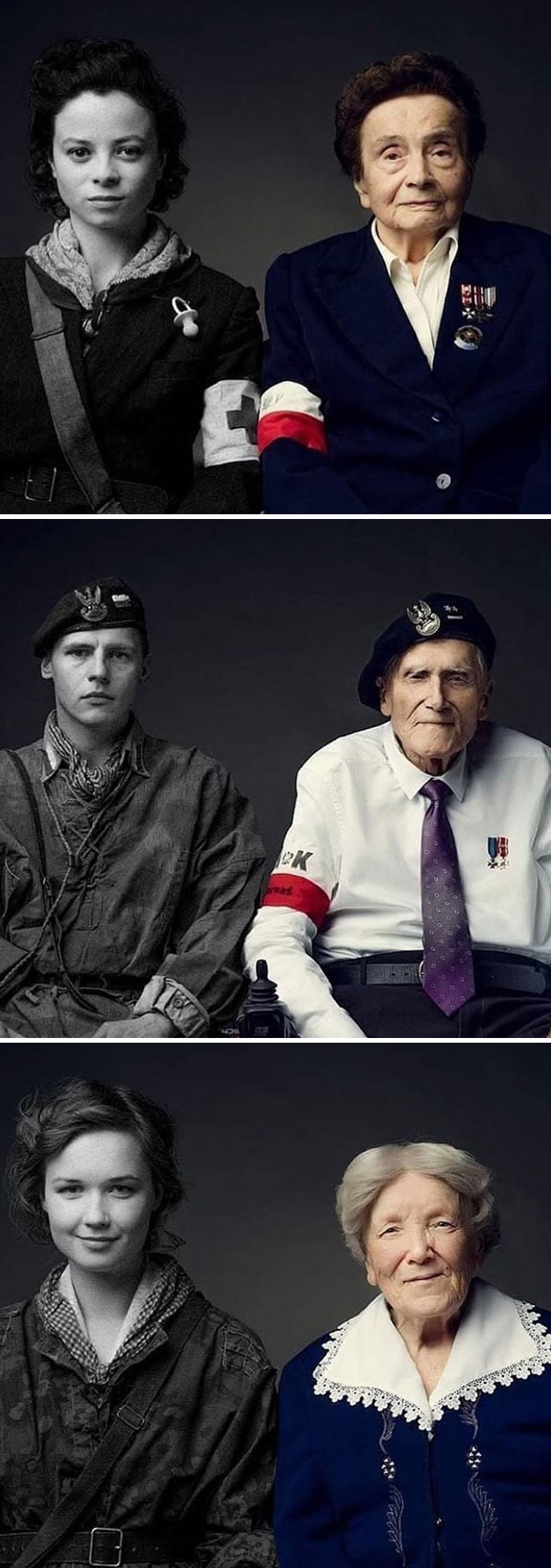
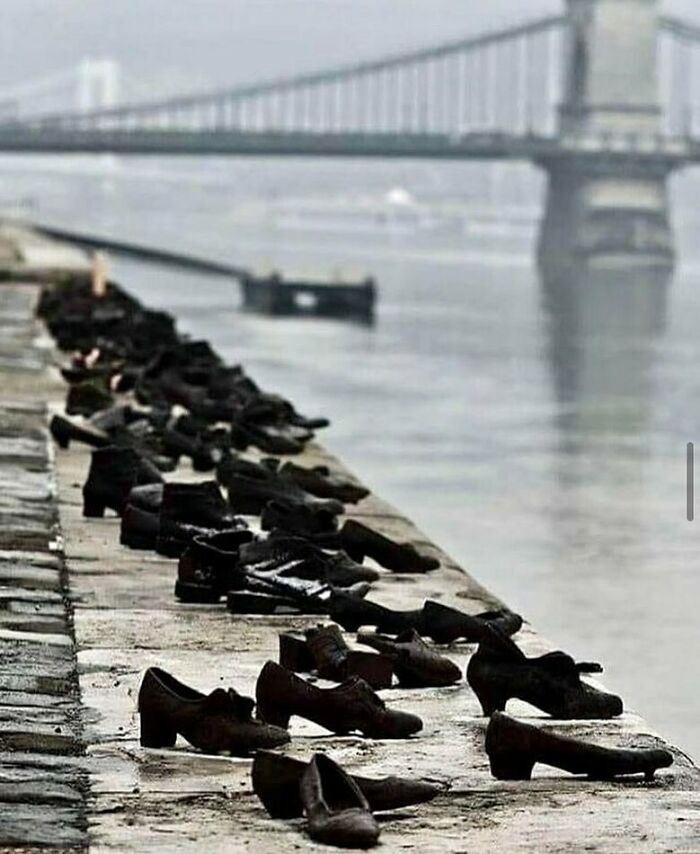
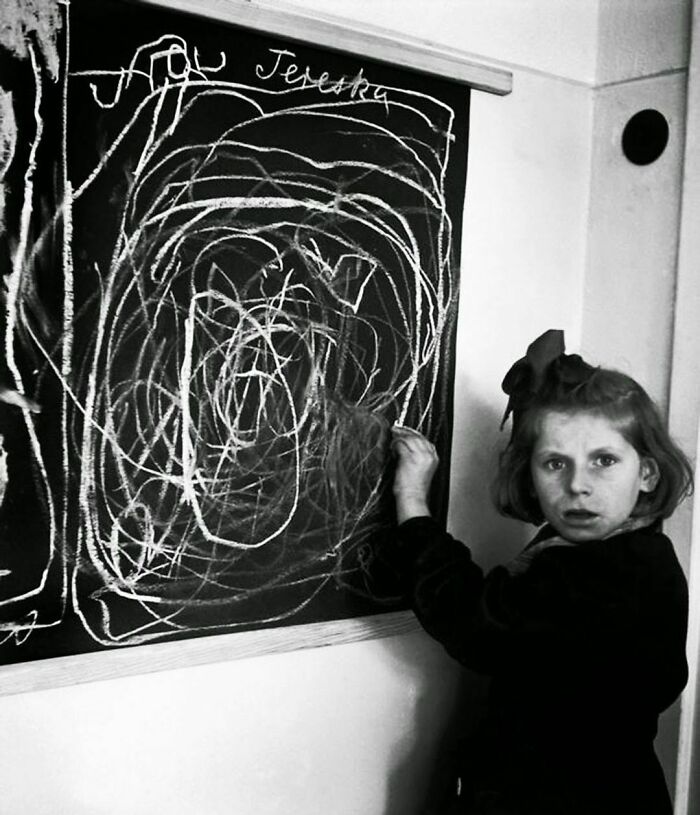
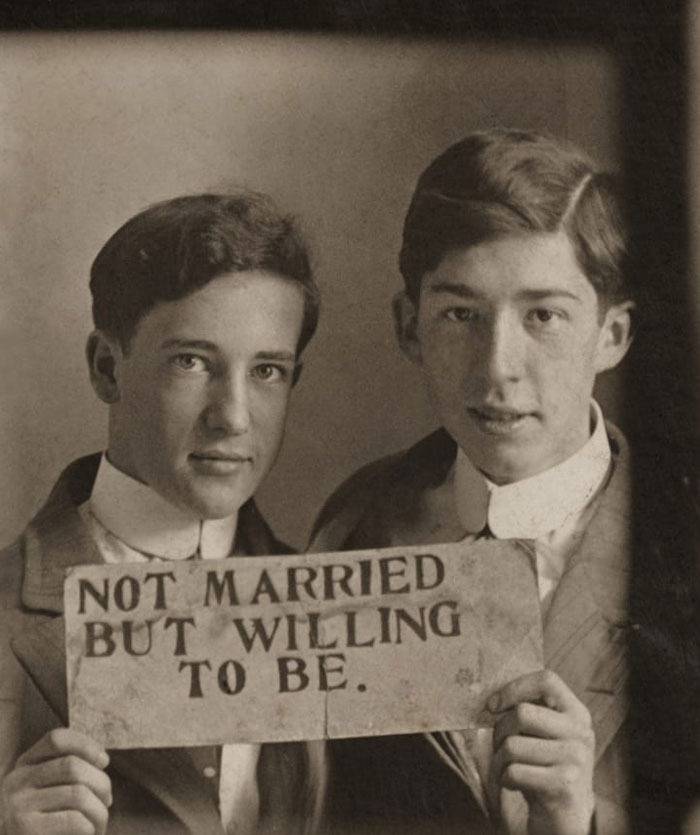
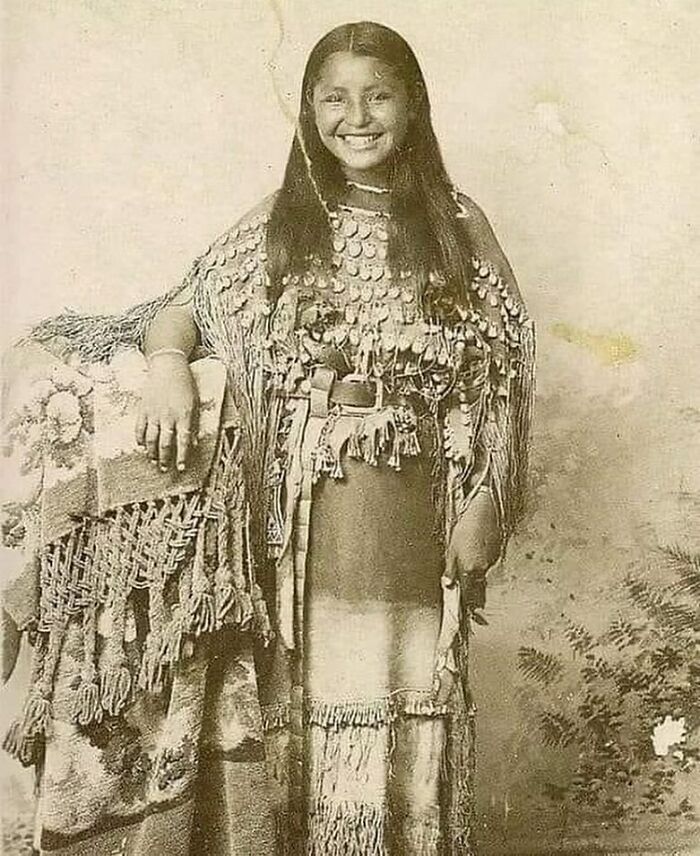
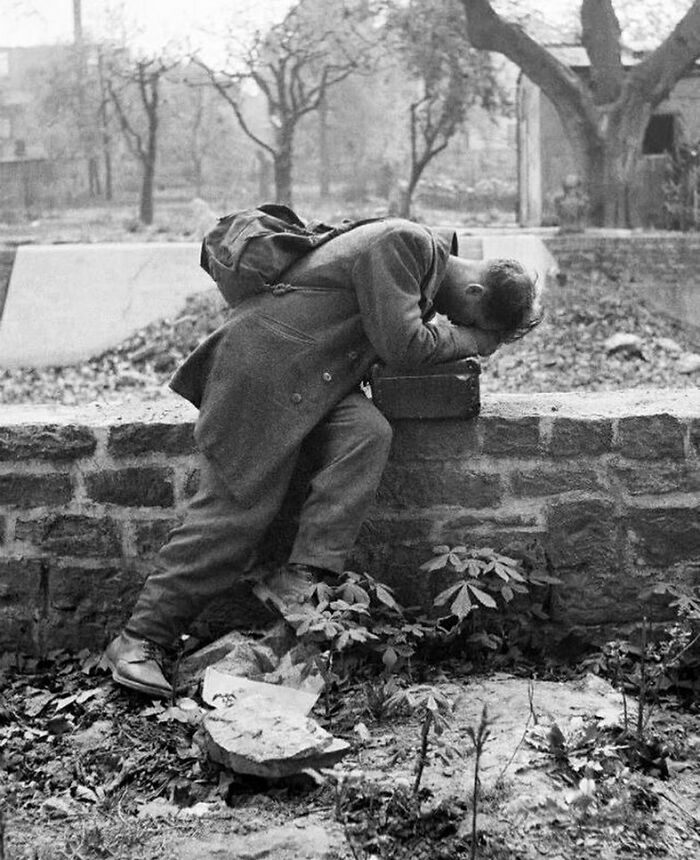
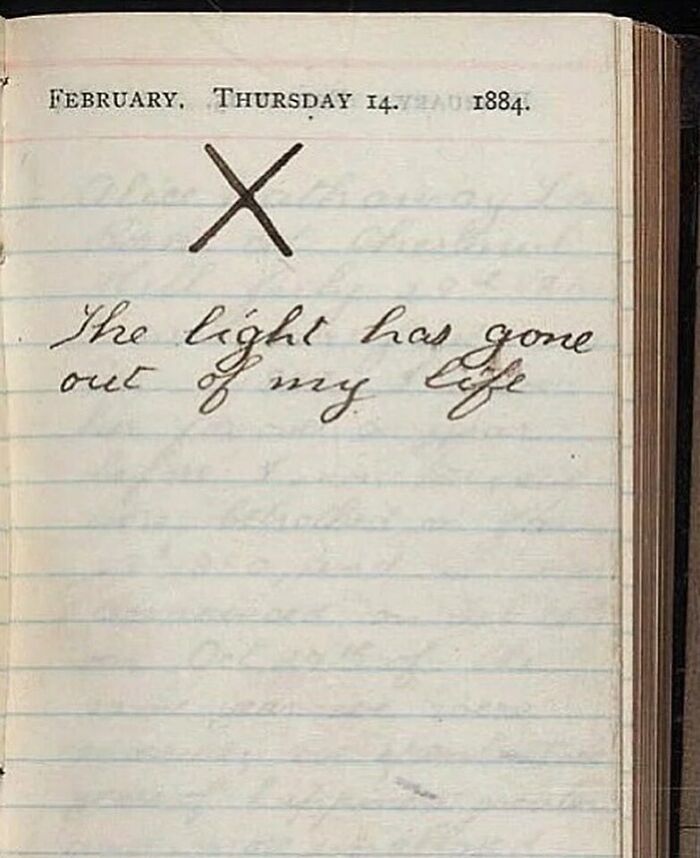
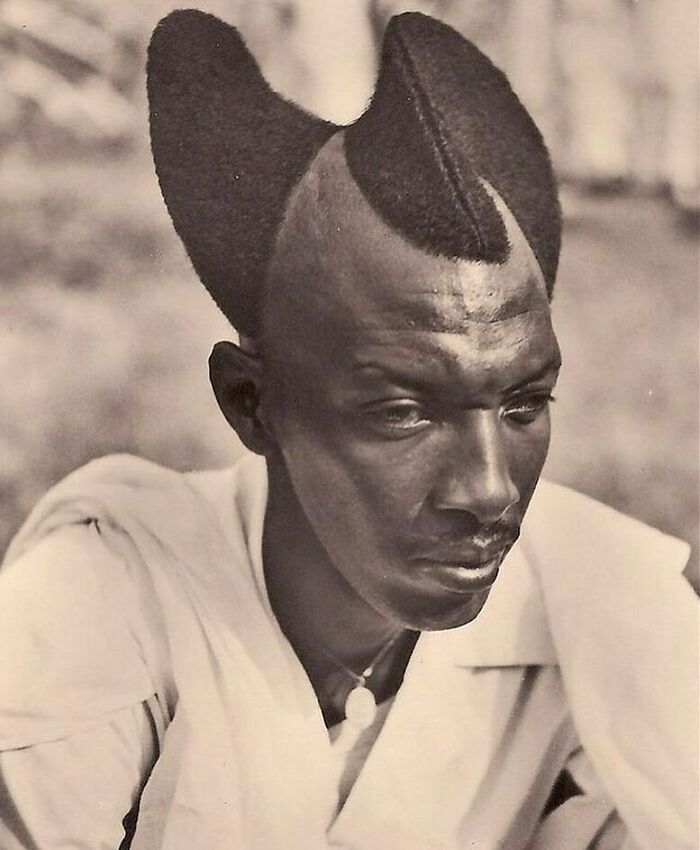
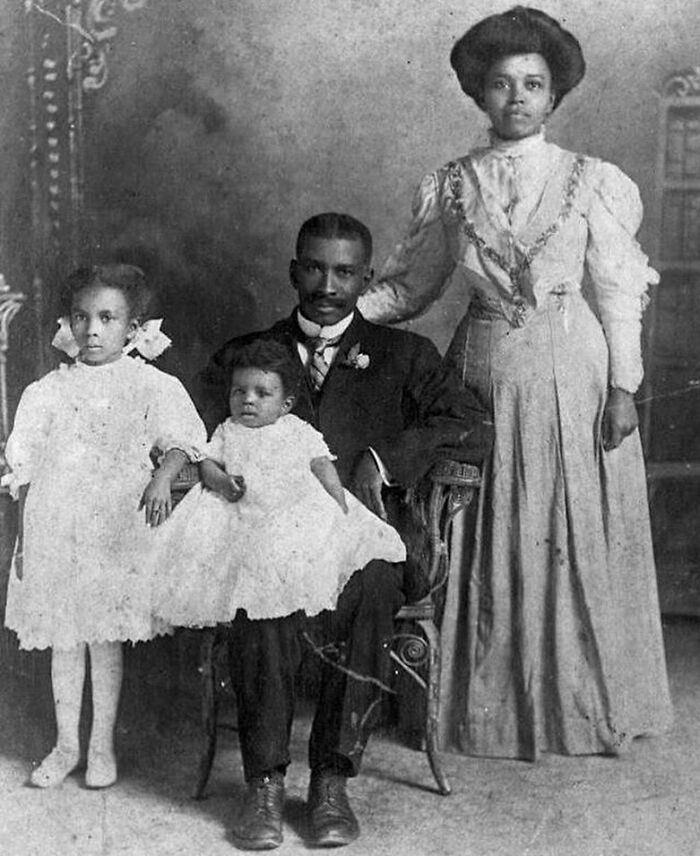
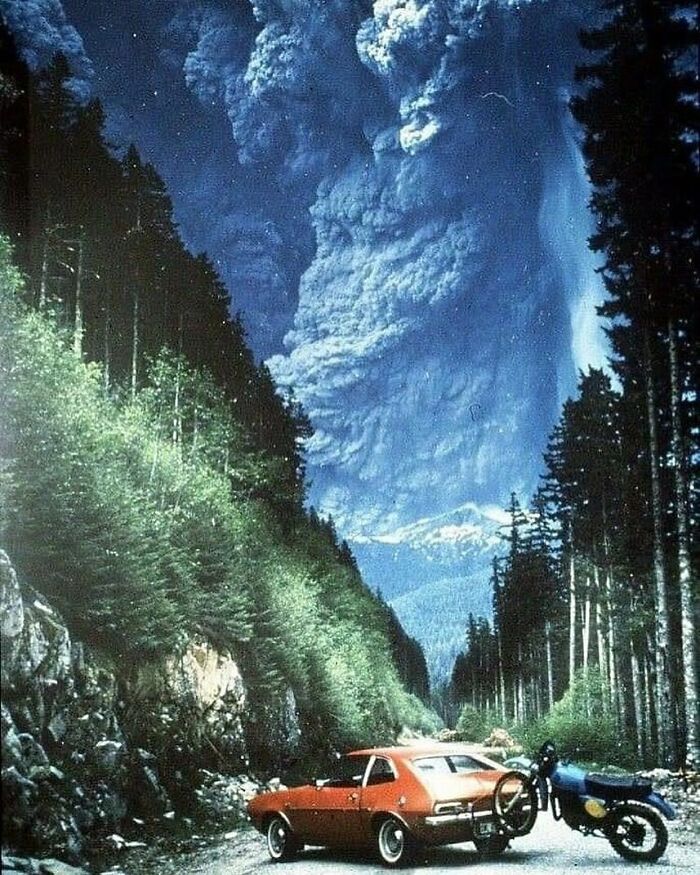
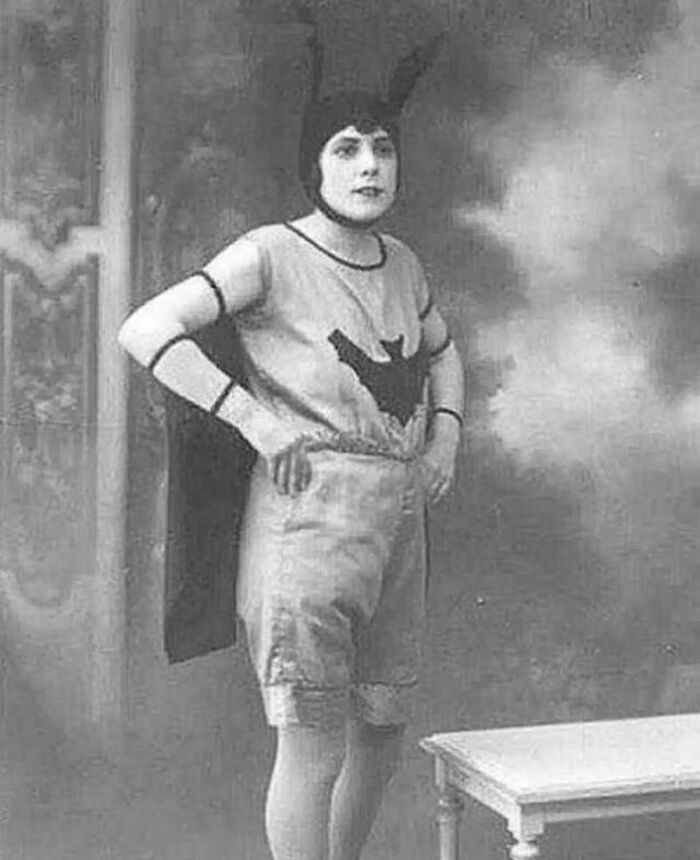
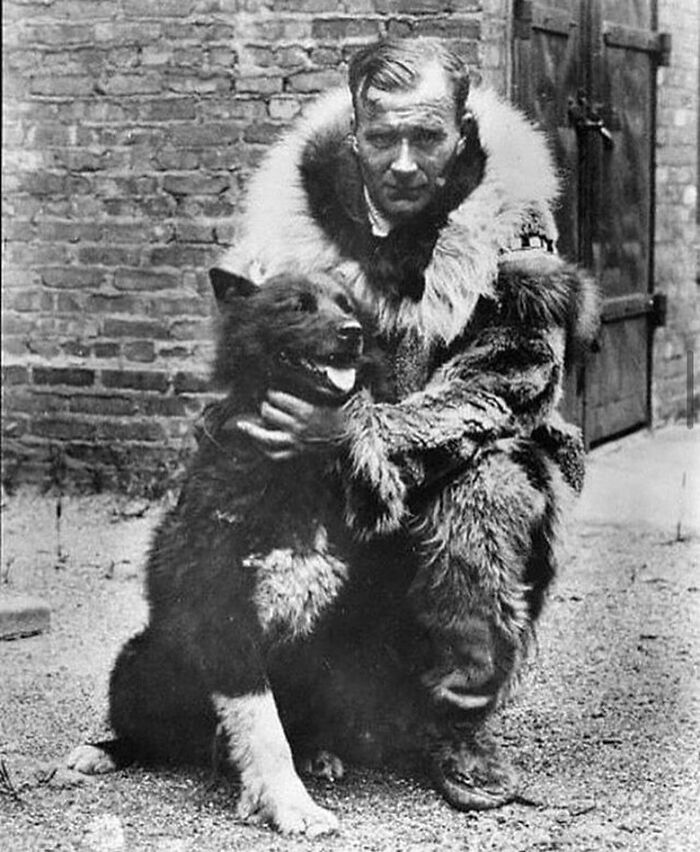
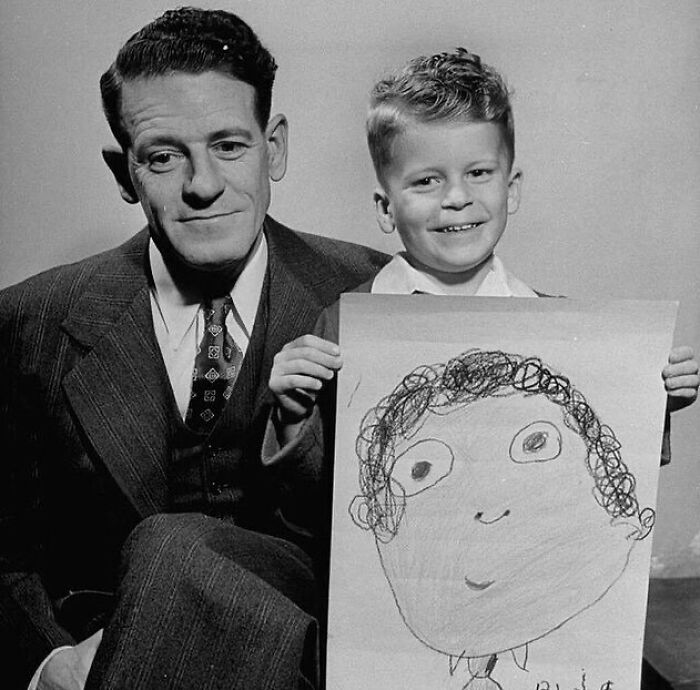
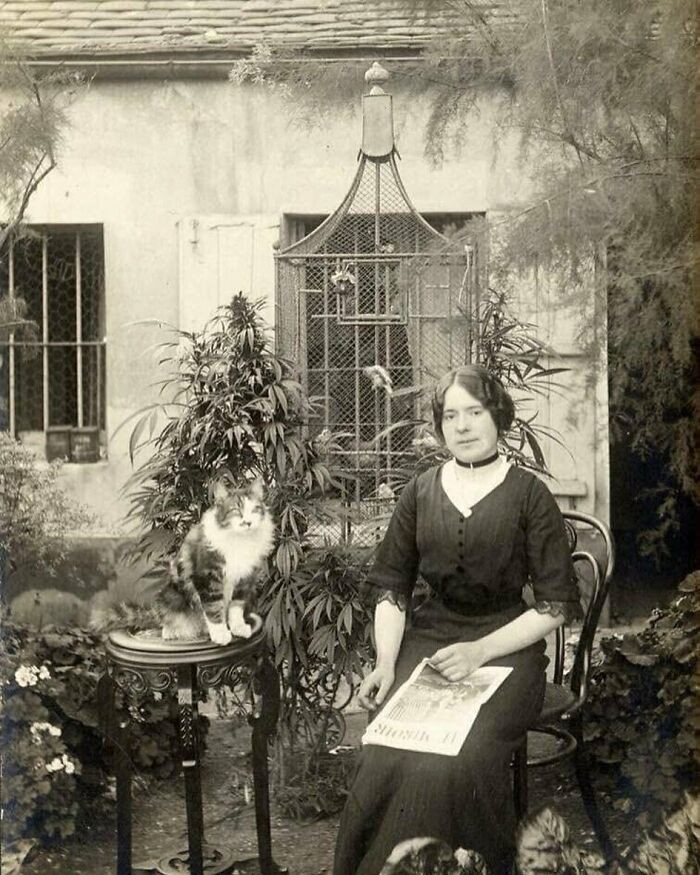
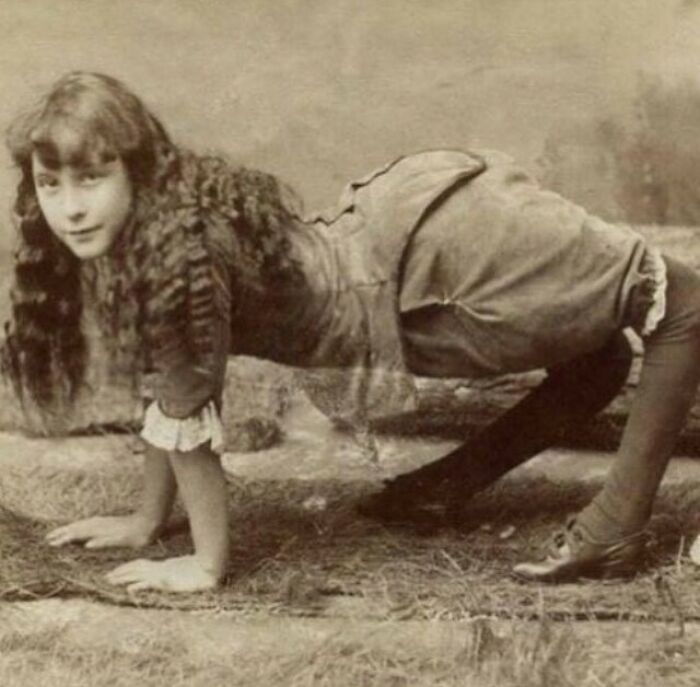
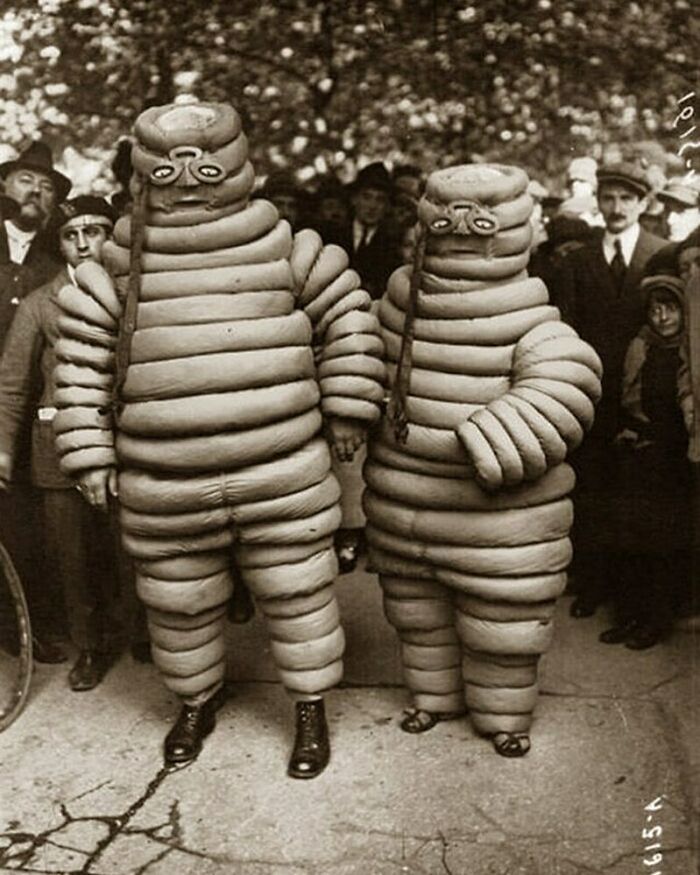
0 Comments